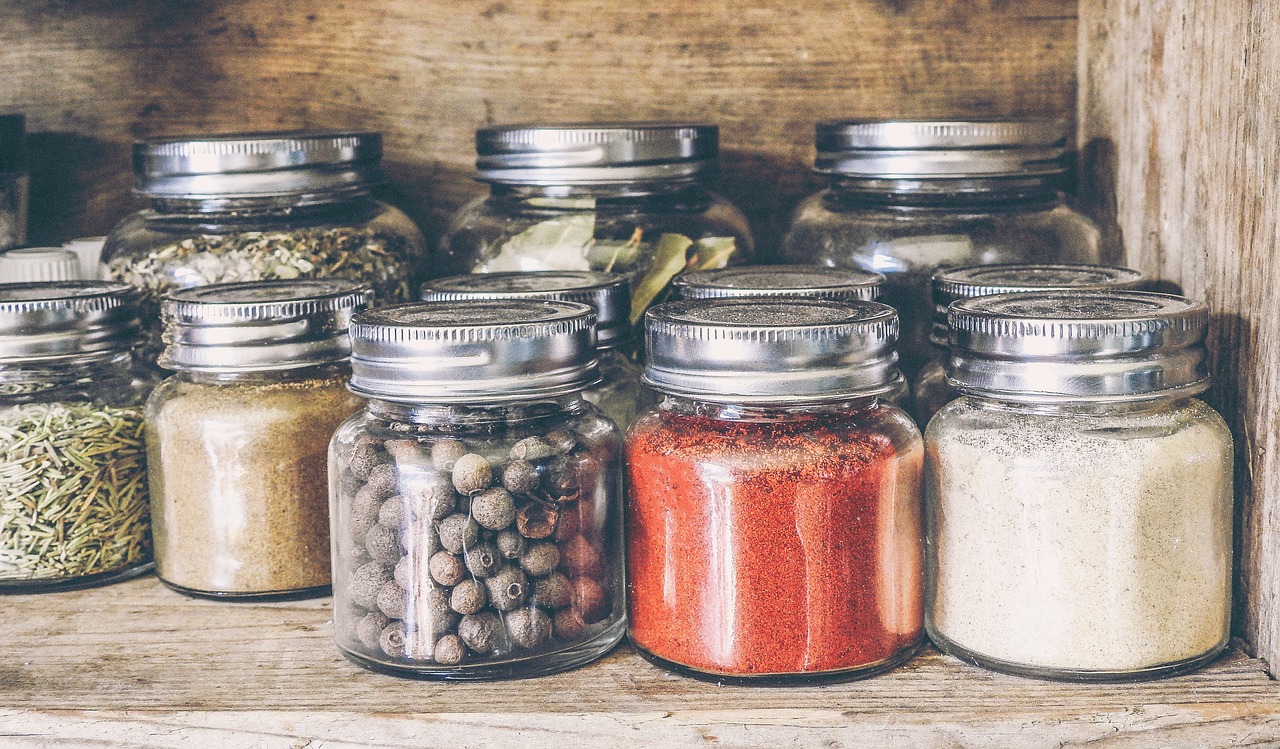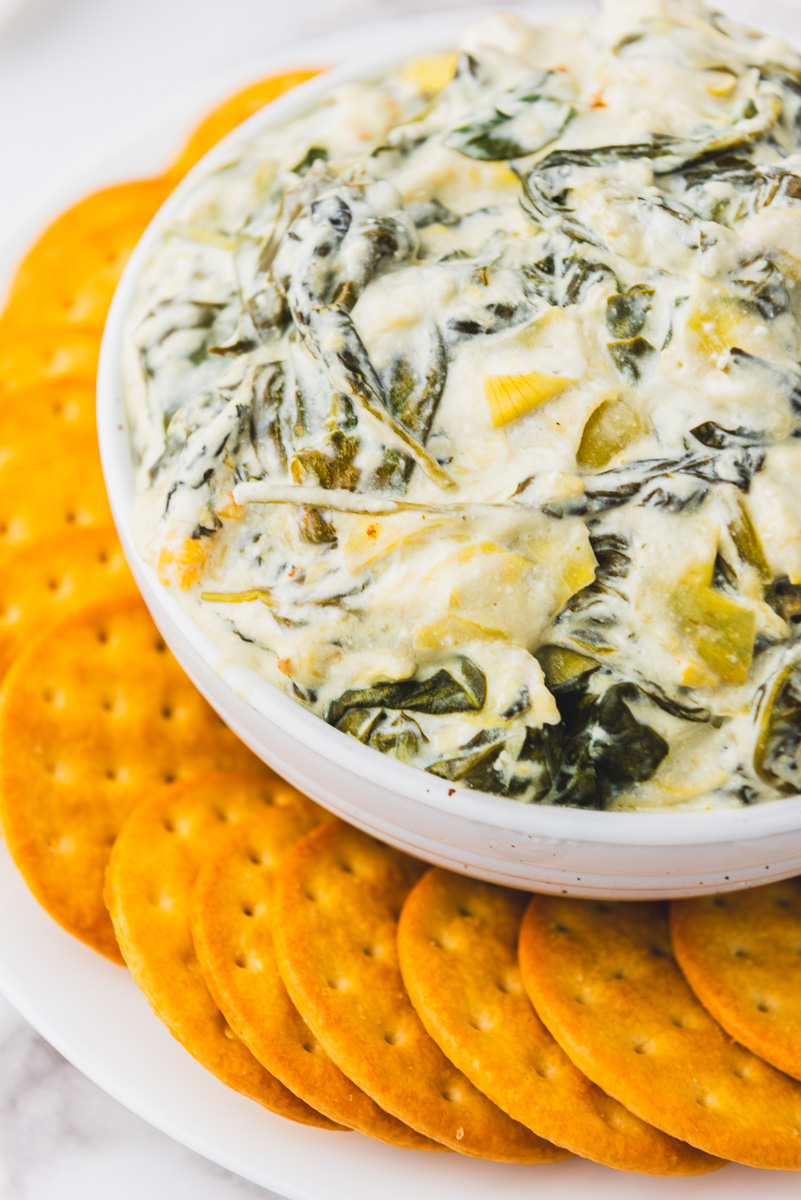Everything You Should Know About Yellow Squash
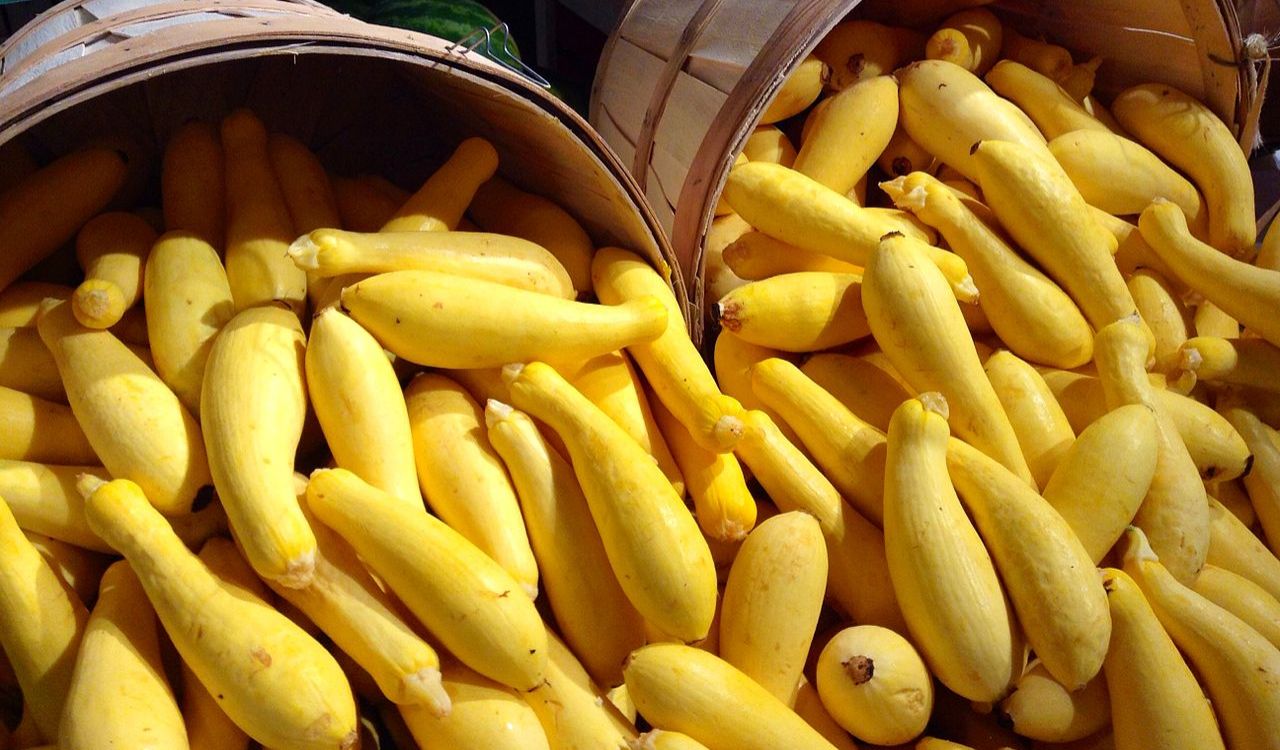
Yellow squash often sits quietly among the produce options, yet this summer vegetable offers far more than meets the eye. With its bright hue, versatile texture, and subtle flavor, it lends itself to a range of dishes from simple sautés to elegant stuffed preparations.
Nutritionally, it punches above its size by providing vitamins, fiber, and hydration without heavy calories. Whether you’re a seasoned cook or just looking to elevate your vegetable intake, understanding how to buy, store, and prepare yellow squash can make it a staple in your kitchen.
Nutritional Profile and Health Benefits
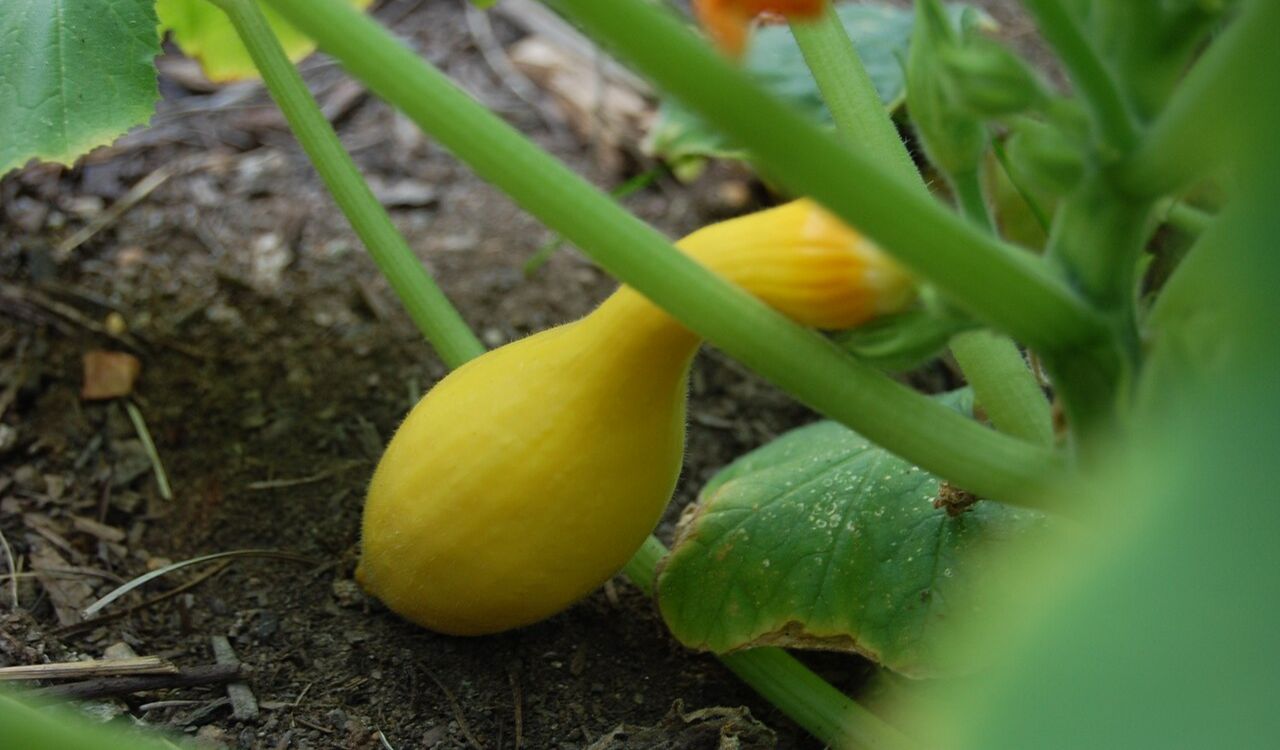
Yellow squash is a strong candidate for anyone seeking vegetables that offer meaningful nutrients without a high calorie count. According to nutrition data, one medium yellow squash (approximately 200 grams) contains about 38 calories, 8 grams of carbohydrates, 2 grams of protein, and 2 grams of fiber. It also delivers roughly 39 milligrams of vitamin C (about 56% of the daily value) and 444 milligrams of potassium (around 15% of the daily value).
The vegetable’s high water content, generally around 90 to 95 percent, contributes to its low-calorie nature and helps with hydration. Yellow squash also contains antioxidants like beta-carotene, lutein, and zeaxanthin, which support eye health, immune function, and protection against oxidative stress.
The fiber it provides helps promote satiety and supports healthy digestion, making it a smart choice for sustaining fullness after meals. Compared to starchy vegetables, yellow squash stands out as a light yet nutrient-rich option. Adding it to your diet offers benefits whether your goal is overall health, weight management, or simply a more colorful plate.
How to Select, Store and Prepare Yellow Squash
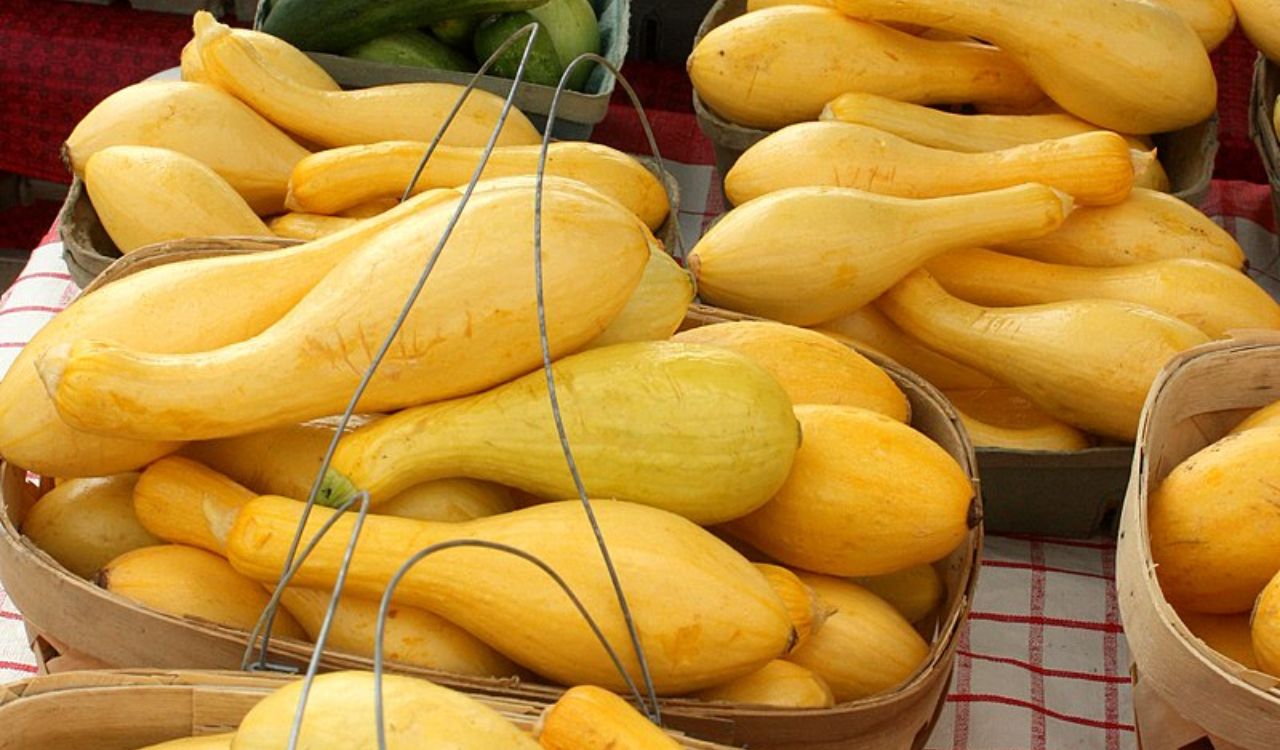
Buying and storing yellow squash properly ensures you make the most of its texture, flavor, and nutritional value. When selecting squash at the market, reach for pieces that are firm for their size, bright in color, and without soft spots or blemishes. Smaller to medium-sized generally indicates tender texture; when squash grows too large, it may develop tougher skin and larger seeds.
For storage, place unwashed squash in the refrigerator’s produce drawer inside a loosely closed plastic bag. It will keep for about three to five days. Prior to use rinse the squash under cool running water and pat dry. Unless the recipe specifically calls for peeling, you can leave the skin on, as it contains many of the antioxidants and nutrients.
In the kitchen, yellow squash excels in many methods. It can be sliced and sautéed with olive oil and garlic, spiralized into veggie noodles, roasted in chunks with herbs, or stuffed and baked. Because its flavor is mild, it pairs well with bold seasonings like lemon zest, chili flakes, smoked paprika, or parmesan. One advantage is its quick cook time, making it suitable for busy weeknights. Applying basic seasoning and simple techniques lets the squash shine without elaborate steps.
Culinary Uses and Recipe Inspiration

If you are wondering how versatile yellow squash truly is the following list offers creative and practical ways to use it in meals:
- Spiralized “zoodles”: Use a spiralizer to turn yellow squash into noodle-like ribbons. Toss with pesto, cherry tomatoes and fresh basil for a light alternative to pasta.
- Roasted cubes: Cut into 1-inch pieces, toss with olive oil, garlic and thyme then roast at 425°F until tender and slightly caramelized for a flavorful side dish.
- Sautéed ribbons: Slice thin and cook quickly with butter or olive oil alongside mushrooms, onions and spinach. Finish with a splash of lemon juice to brighten flavors.
- Stuffed squash boats: Halve yellow squash lengthwise, scoop out some flesh and fill with cooked quinoa, sautéed vegetables, beans and a sprinkle of cheese. Bake until heated through.
- Raw salads: Thinly slice squash into ribbons or rounds and combine with ingredients like arugula, toasted almonds, feta cheese and lemon vinaigrette for a fresh summer salad.
Because yellow squash absorbs flavors and cooks quickly, it is well-suited to improvisation. You can treat it as you would zucchini, swapping it into casseroles, frittatas, gratins, or stir-fries. Its mild taste lets it pair with smoky, sweet, or spicy elements without competing. Using it regularly gives you the chance to experiment and discover combinations that become personal favorites.
Who Should Prioritize Eating Yellow Squash?
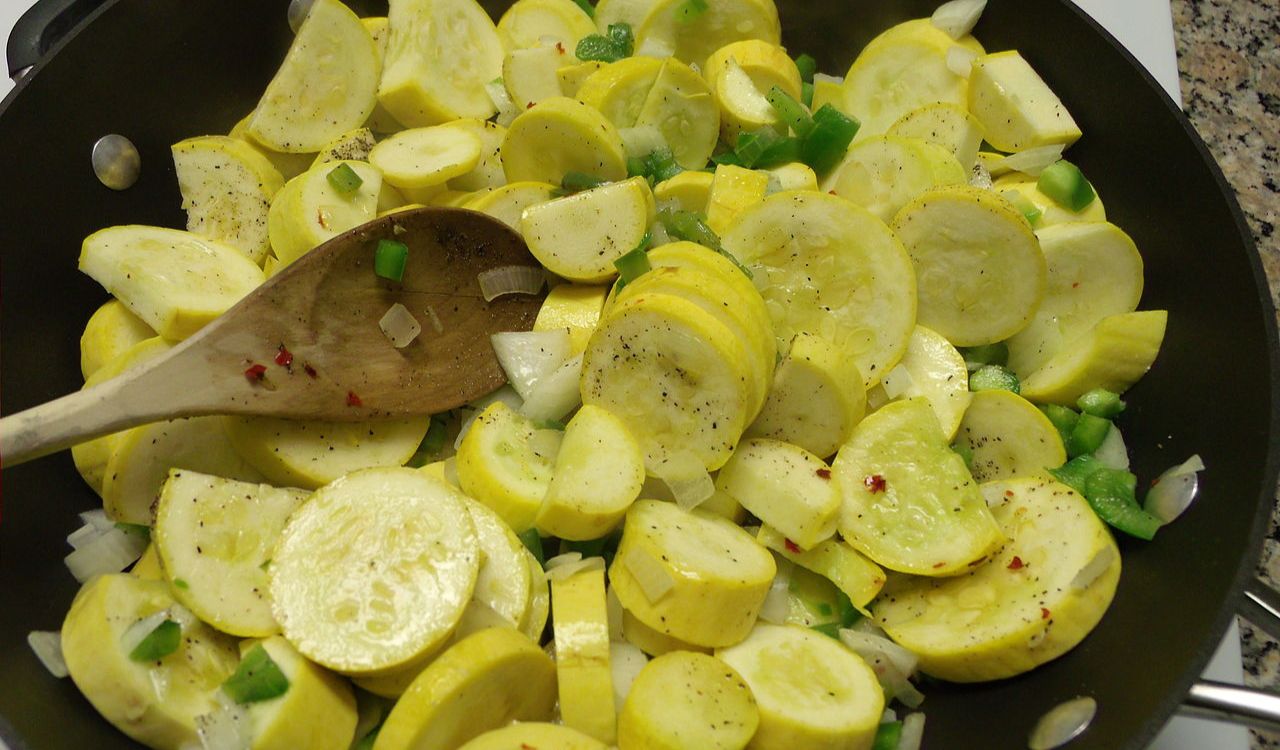
While this vegetable is broadly beneficial, it offers special value for certain goals and dietary patterns:
- Weight management: Because it has very few calories but a satisfying volume, it helps build meals that feel substantial without a heavy energy load.
- Blood-pressure support: With meaningful potassium content, it contributes to fluid balance and blood pressure regulation when combined with a wholesome diet.
- Plant-based or flexitarian eaters: Its versatility means it fits easily into vegetable-rich plates, helping increase variety and nutritional quality.
- Those caring for eye health: The carotenoids lutein and zeaxanthin found in yellow squash support retinal health and may contribute to reducing the risk of age-related macular degeneration.
- Busy cooks seeking quick vegetables: The short cook time and multiple preparation methods make it a reliable weeknight choice without sacrificing flavor or nutrition.
Of course yellow squash should be part of a varied diet. It is not a standalone solution but a valuable addition to a wide vegetable intake. Pairing it with legumes, leafy greens, whole grains and lean proteins ensures a balanced meal with broad nutritional benefits.
Potential Considerations and Downsides
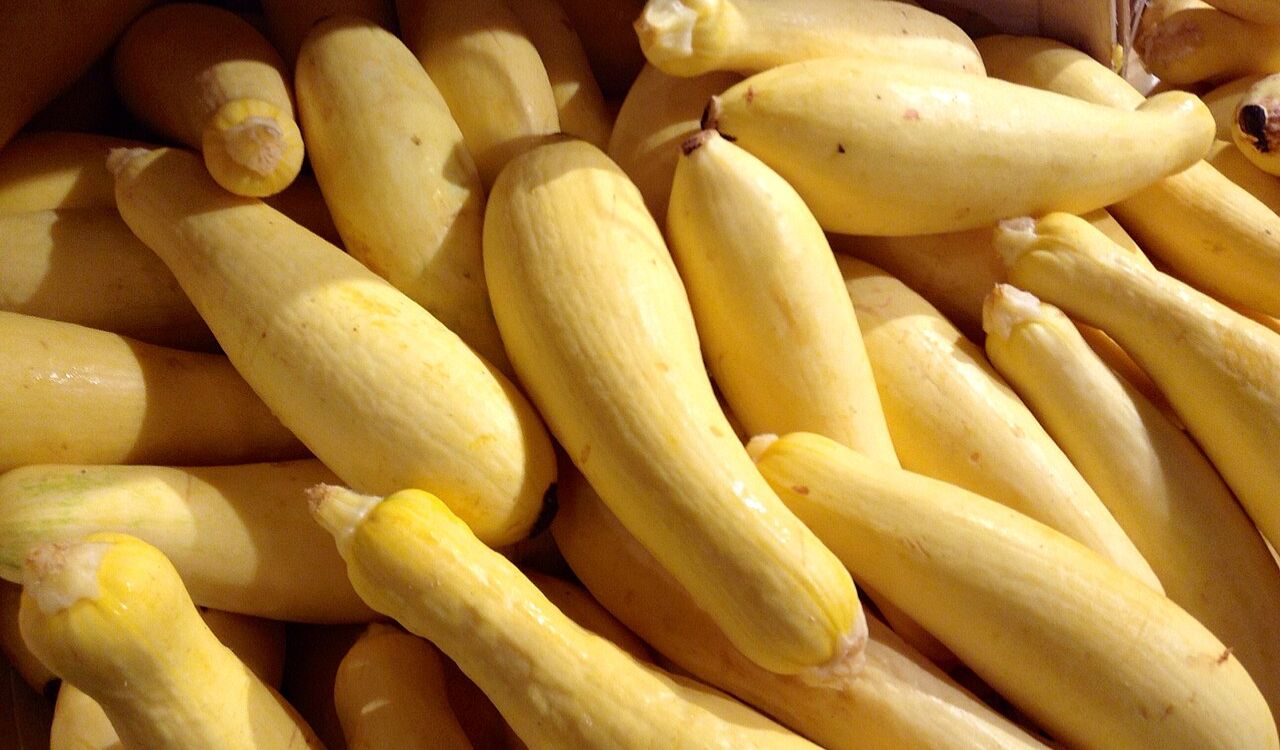
Even though yellow squash is safe and nutritious for most people, there are a few considerations worth knowing. Its fiber content is modest when compared to legumes, whole grains, or cruciferous vegetables. Therefore, it should not be your only source of dietary fiber. If you are managing conditions such as irritable bowel syndrome or seeking high-fiber foods you may still require other vegetable sources.
Another note is that summer squash belongs to the cucurbit family which sometimes contains compounds called cucurbitacins. In rare cases those compounds can create bitter-tasting squash that cause gastrointestinal discomfort. While this is uncommon in commercially grown squash it is a reminder to inspect produce before eating.
When cooking yellow squash its high water content means it can release volume and liquid during cooking. To prevent watery results use higher heat, allow excess moisture to evaporate, or roast instead of steaming. Some may prefer organic varieties to avoid pesticide concerns, though conventional yellow squash still offers the benefits discussed here.
Storage, Seasonality and Preservation Tips

Yellow squash is at its peak in late spring through early fall in most regions. While off-season supply exists, flavor and texture tend to be best when the vegetable is locally harvested during its primary season.
For short-term storage follow the guidance above of three to five days in the refrigerator. If you want to preserve yellow squash for longer consider freezing. To freeze blanch slices in boiling water for two minutes, cool in ice water, drain and store in freezer bags for up to six months. Note that thawed squash will soften and is best used cooked rather than raw.
Smaller squash tend to offer better texture and flavor. Larger specimens may have larger seeds and tougher skin which reduces culinary quality. Therefore, when you grow or purchase look for six to eight-inch length or choose round types that tend to be earlier harvest.
The Bottom Line
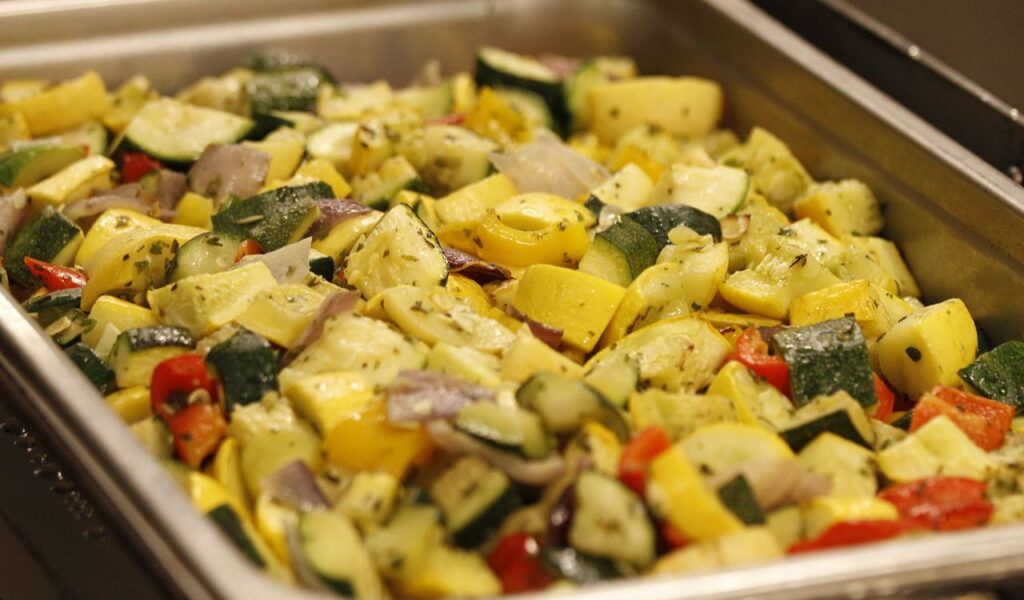
Yellow squash may not always be the star of the vegetable lineup but it deserves a regular spot in your kitchen. It delivers meaningful nutrients such as vitamin C, potassium and antioxidant carotenoids while remaining low in calories. It adapts to many cooking methods and ingredients, making it an easy way to increase vegetable variety. Whether you spiralize it into noodles, roast it alongside other greens or serve it fresh in a salad, yellow squash offers flexibility and nutrition.
For best results choose firm, bright squash, store it properly, and cook it just long enough to maintain texture and flavor. Use it to replace more calorie-dense vegetables when you want lighter meals, and explore different preparations to find what you enjoy most. With a little creativity yellow squash can become one of your go-to vegetables for healthful, tasty and convenient meals.
References
- Yellow Squash Nutrition Facts (Plus Benefits of This Summer Vegetable)- DrAxe.com
- Everything You Should Know About the Benefits of Squash- Health.ClevelandClinic.org
- What Happens to Your Body When You Eat Yellow Squash Regularly- VeryWellHealth.com
- 7 Yellow Vegetables with Health Benefits- Healthline.com
- All About Yellow Squash- Williams-Sonoma.com
- Summer Squash – Cooking, Storage, & Gardening Tips- UAEX.UADA.edu



